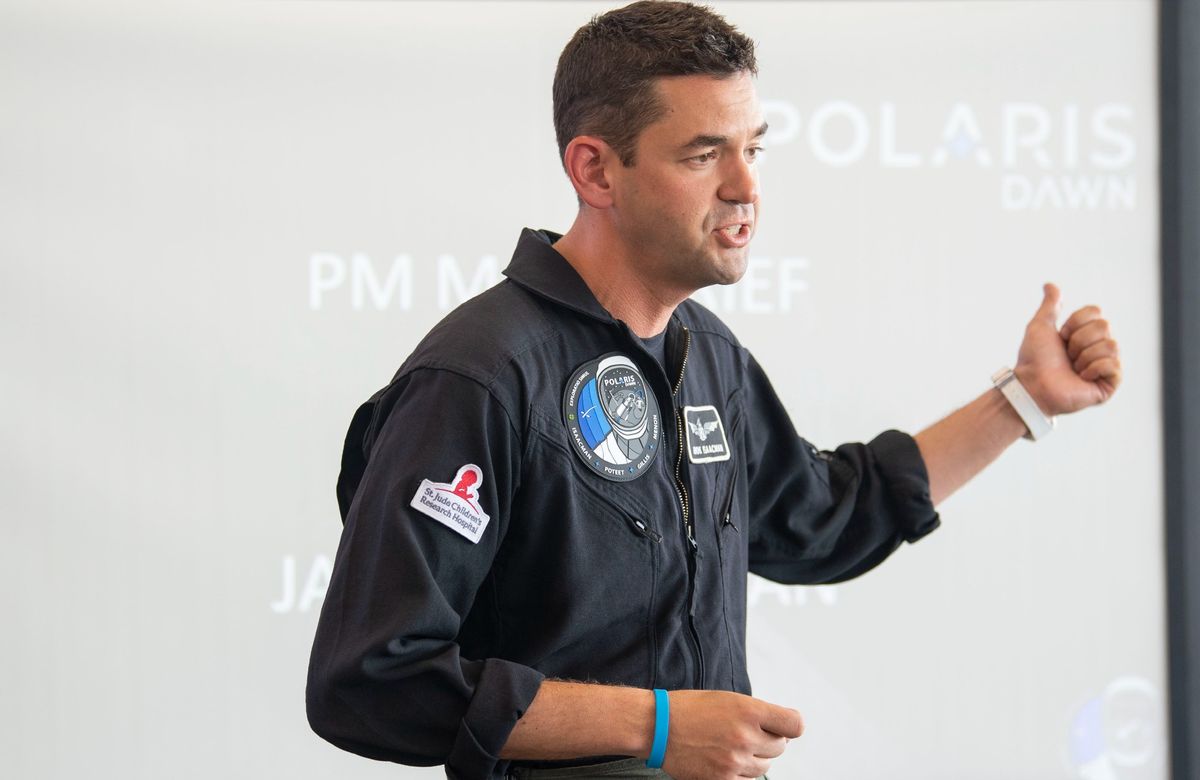
A United Launch Alliance Atlas 5 rocket was used Saturday to boost the second launch attempt. Boeing's Starliner crew capsule in orbit The first pilot test flight of the often-delayed crew capsule was during its mission to the International Space Station.
The workhorse Atlas 5 is scheduled to land from Pad 41 at the Cape Canaveral Space Force Station at 12:25 p.m. EDT, aligned with the space station's orbit, as NASA astronauts Barry « Butch » Wilmore and Sunita Williams monitor the spacecraft's automatic ascent.
United Publishing Alliance
If all goes well, Starliner will dock with the station on Sunday and dock at the observatory's forward port around 1:50 p.m. Wilmore and Williams plan to return to Earth on June 10.
The long-awaited flight will be the first piloted launch of Atlas 5 and the first launch for Atlas rockets since astronaut Gordon Cooper took off just a few miles away on the final flight of the Mercury program 61 years ago.
Likewise, it was the first pilot flight of Starliner, Boeing's answer to SpaceX's Crew Dragon, an already operational, low-cost shuttle that carried 50 astronauts, astronauts and civilians into orbit in 13 flights, 12 of them to the space station, from an initial pilot test flight in May 2020. .
NASA
NASA funded the development of both shuttles to ensure that the agency could send personnel to the outpost even if an agency's shuttle was grounded for any reason.
Already years behind schedule due to budget shortfalls and various technical problems that cost Boeing more than $1 billion, NASA had hoped to put Starliner into orbit on May 6. But the launch was scrapped after United Launch Alliance engineers discovered a problem. With a pressure-relief valve in the rocket's centaur upper position.
Atlas 5 was towed from the pad and returned to ULA's Vertical Integration Facility, where the Centaur valve was quickly replaced. But in the wake of the launch scrub, Boeing engineers noticed signs of a small helium leak in the Starliner's propulsion system.
A certain reaction control system in the Starliner's service module found a leak in a flange in the plumbing that supplied pressurized helium to power the jet. The leak was classified as « very minor, » but engineers needed to show that it wouldn't seriously deteriorate the aircraft and cause problems for other engines.
After extensive analysis and testing, mission managers concluded that the spacecraft could be launched safely, even if the leak rate was 100 times worse than that observed so far, and that it would not endanger the crew or the mission.






